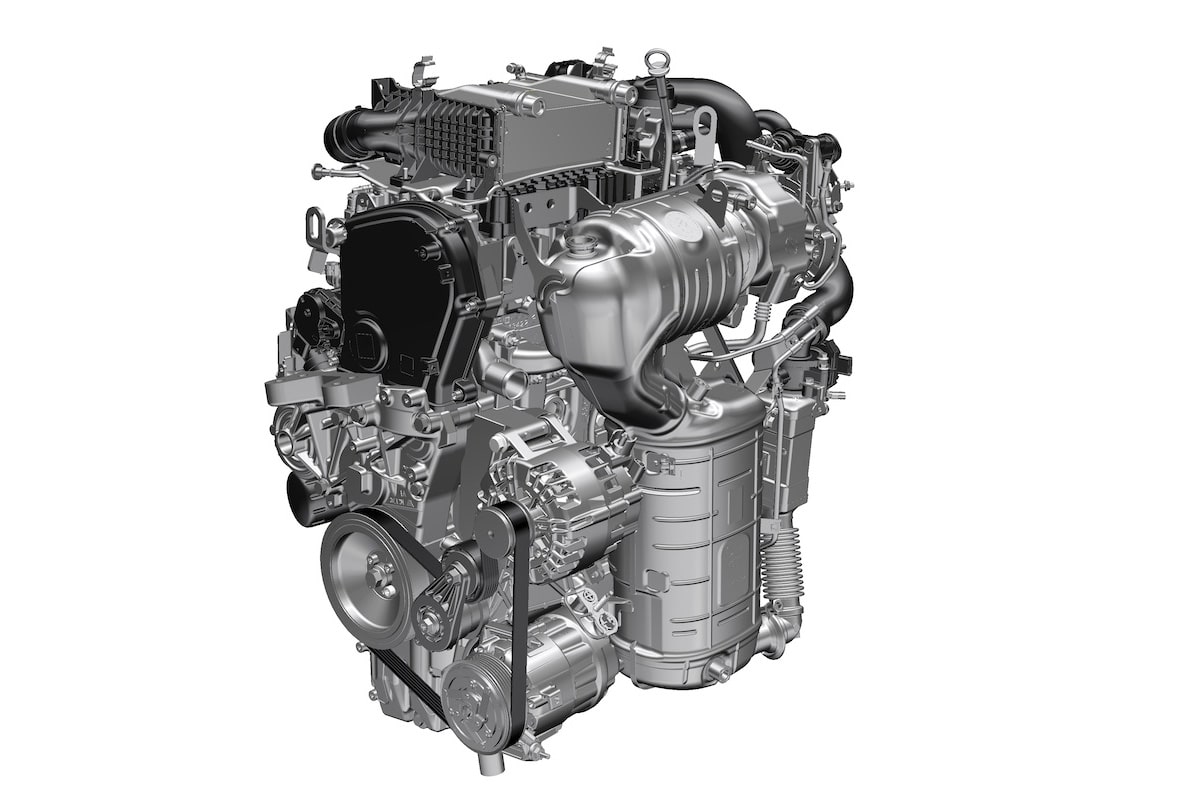Stellantis Pulls the Green Diesel Trick Again

While the intention is commendable, one might wonder why a group like Stellantis insists on a propulsion system destined to disappear.
Here, Stellantis is not developing a new diesel engine that is better for the environment or a proprietary low-emission fuel. Everyone has their expertise; Stellantis manufactures engines and puts them in cars, fuel is a different matter. The group simply announces that its entire range of passenger vehicles and light commercial vehicles is compatible with synthetic diesel fuel derived from hydrotreated vegetable oils or HVO. This well-known fuel is a serious alternative to traditional diesel.
HVO is produced from renewable raw materials such as vegetable oils, animal fats, and used cooking oils. Traditional diesel, on the other hand, is derived from oil, a non-renewable fossil energy source unless one has hundreds of thousands of years to replenish the stock. The hydrogenation process used to produce HVO results in a cleaner, sulfur-free fuel, characterized by low levels of aromatic compounds and pollutants, making it a more sustainable and environmentally friendly option.
Anything that promotes an eco-friendly approach is praiseworthy, but greenwashing around diesel is problematic. Today, we know that the efficiency of a hybrid powertrain is superior to that of a diesel engine. Moreover, HVO is much more expensive than conventional diesel. Using it in passenger vehicles makes little sense; it would be smarter to focus all efforts on road transport, which will still need diesel engines for a few more years.
The engines from Stellantis run on HVO, good for them, but that’s as far as it goes.
READ ALSO: Fiat relaunches the Tipo diesel starting at €16,900
This page is translated from the original post "Stellantis nous refait le coup du Diesel vert" in French.
We also suggestthese articles:
Also read






